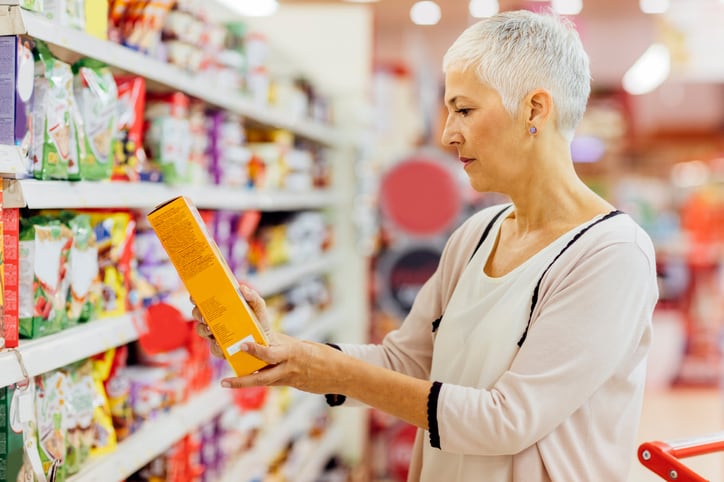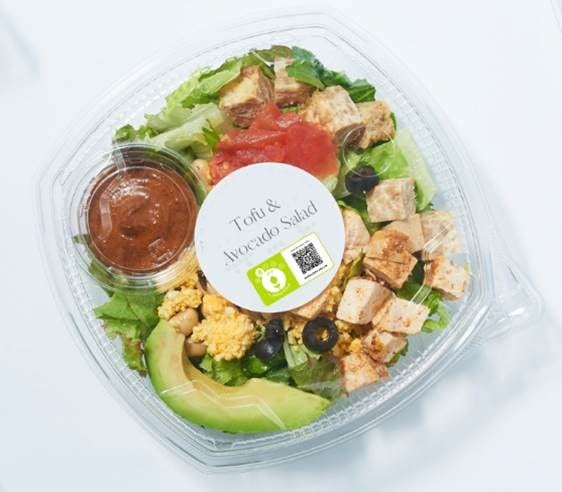It is estimated there are now currently almost 460 eco labels globally, with over 120 different types in use on food and drink products. Some industry experts have warned that a glut of competing and systems jostling for first mover advantage in this fast-moving space (although the UK’s largest supermarket Tesco tried and failed with carbon labelling nearly 10 years ago), risks confusing end consumers, particularly if these labels are all calculated differently.
The most recent entrants, for example, include Eco-Score (courted by big names in European retail, Colruyt and Lidl) and Nestlé-backed Foundation Earth scheme. Eco-Score calculates its system using life cycle assessment drawn from French environment and energy management agency ADEME’s Agribalyse database. Foundation Earth is trialing and testing two other systems (one from EU-funded EIT Food, the other a method developed by UK sustainability consultancy Mondra) that measure the environmental impact of food.
Now wading in is research and insights body IGD. It has launched an environment labelling initiative to mobilise food and consumer goods businesses to develop a harmonised solution that the whole sector can get behind.
The initial focus is to create a strategic framework for an environment labelling scheme that will provide consistent and transparent information for consumers, enabling them to make more informed choices at point of sale, it said.
According to IGD CEO Susan Barratt, the move has the support of a steering group of senior industry representatives. It plans to set out a recommended strategic framework for environmental labelling in the UK by the end of 2021. IGD has commissioned sustainability expert Anthesis to develop the recommended industry framework. The sustainability advisory firm ERM will provide support. IGD will also seek input where relevant from other experts across academia, NGOs and government.
“We recognise there is a growing appetite from all parts of the food system to measure and communicate the environmental impact of individual products, to drive positive change in consumption habits,” Barratt said. “We also know there is a real desire for collaboration, to champion a science-based approach to environment labelling supported by robust consumer insights.”
“The guiding principles for our new workstream are accessibility, scalability and inclusivity,” added Naomi Kissman, IGD Strategy and Corporate Affairs Director. “The framework we create must be inclusive and able to be adopted by the whole food and consumer goods industry, no matter the size of the business. Cost must not be a barrier to inclusion and adoption of environment labelling, for any food business.”
IGD claims a ‘rich heritage’ in bringing industry together to tackle weighty issues. It previously led an industry plan to make it easier for consumers to use and compare nutrition labels. Around eight in 10 shoppers now know that colour coding on-pack can be used to compare products or as a shortcut to make healthier choices, it claimed, while the same amount again are able to correctly interpret front-of-pack nutrition labels.
Environment labelling is however hugely complicated, Kissman admitted. “Environment labelling is a very complex area, with many unanswered questions in terms of data accessibility, governance, relevant impact indicators and scoring methodology, as well as the most effective way to visualise the information on-pack.”
As such, further details of the scheme’s objectives are pending. “In terms of timings, the first deliverable for this workstream is to create and share the framework with industry,” Kissman told us. “We will then work on timings for the next stages of the programme thereafter. These are the questions being tackled by our steering group and industry experts and we look forward to updating you in due course as the workstream develops.”





